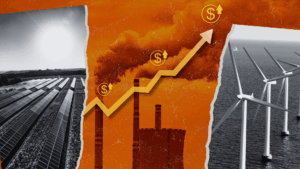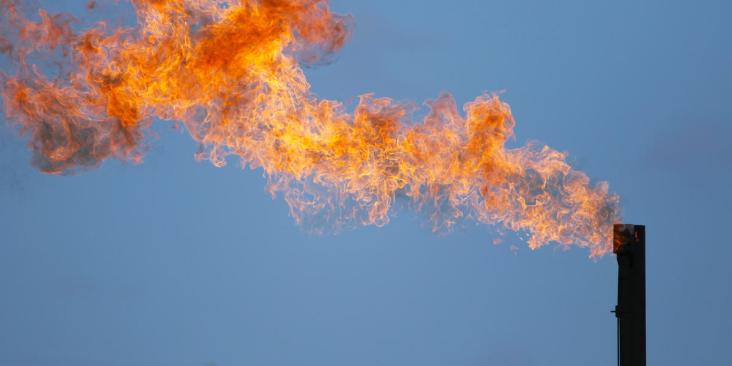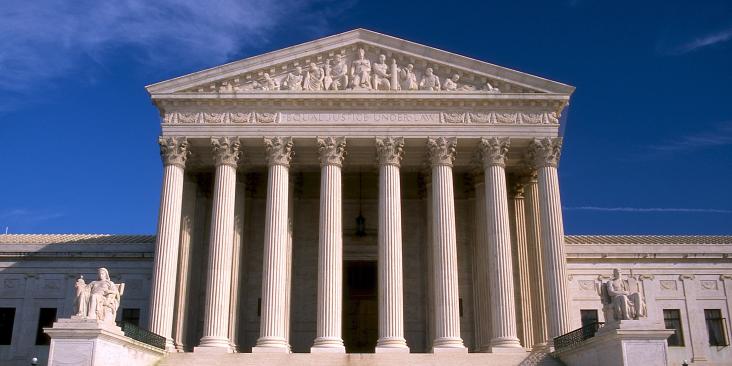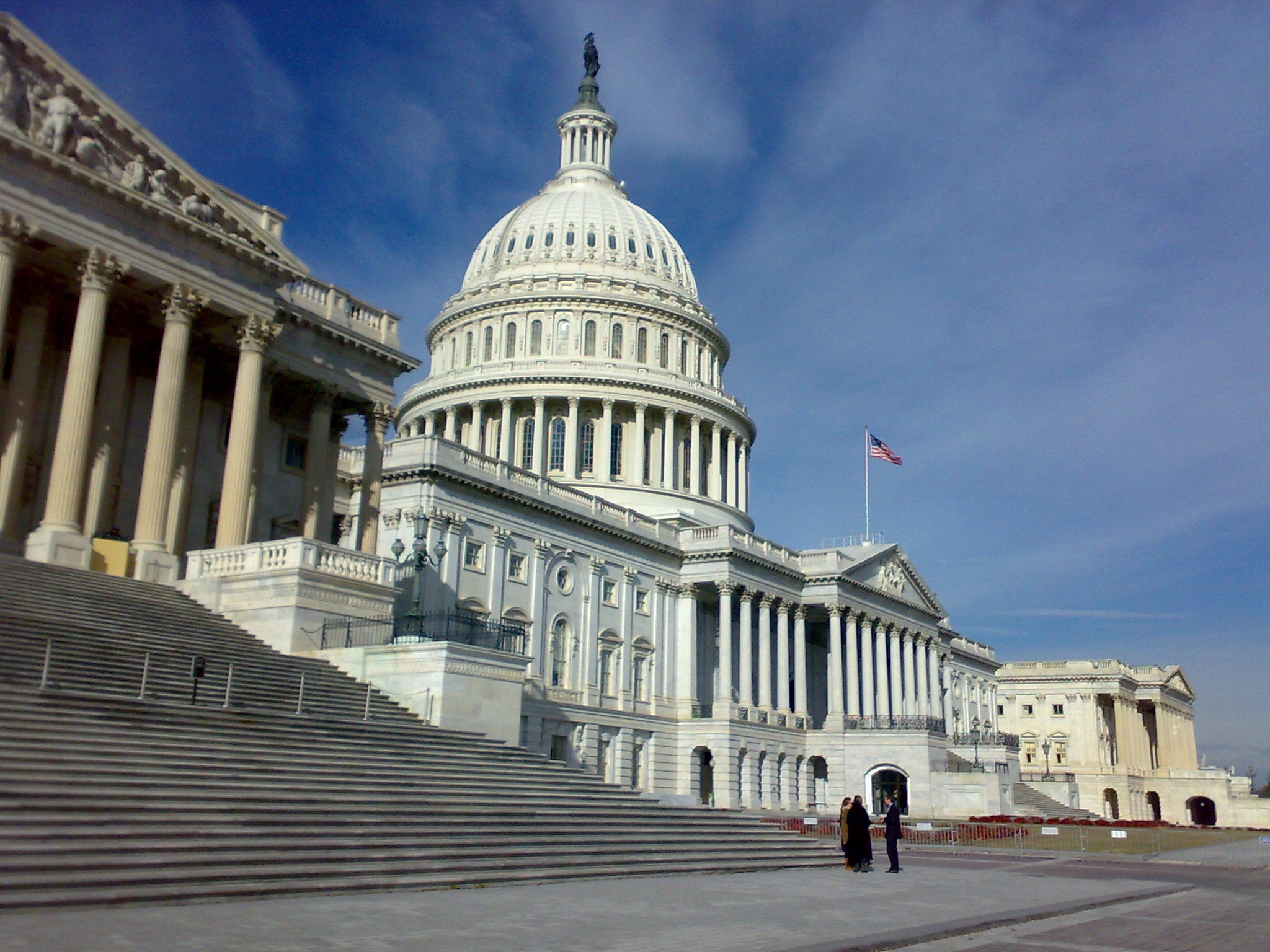
How the Trump administration is obstructing clean energy – and why it raises your costs
Last updated August 20, 2025.
Electricity prices are rising across the U.S. Demand for electricity is going up for the first time in 20 years. And more extreme weather and heat waves are causing blackouts.
Yet instead of expanding access to low-cost, reliable clean power, the Trump administration is making the problem worse. Since Day One, the administration and its allies in Congress have pushed policies that restrict the supply of affordable, homegrown clean energy – creating a self-inflicted rate hike just as the country needs more power.
Wind and solar offer some of the cheapest – and fastest – ways to provide electric power today. In contrast, the cost to build natural gas plants is at a 10-year high and a shortage of turbines is delaying construction, while coal remains the most expensive and dirtiest way to generate power. To put it simply: Blocking cheap, clean energy while doubling down on outdated fossil fuels makes no economic or environmental sense.
The attacks on clean energy will not only hike up our electricity bills, but they will also unleash more pollution in our water and air, kill thousands of jobs and make our electric grid weaker.
How is this happening? Here are major ways the Trump administration is obstructing clean energy:
Freezing permitting for wind energy projects
President Trump took direct aim at the growing U.S. wind industry when he signed an executive order pausing the federal permitting process for both offshore and onshore wind energy projects. As part of this, the administration announced that it’s also ending the designation of more than 3.5 million acres for potential offshore wind investment. It amounts to a blockade on new wind energy development — putting clean electricity, healthier air and investment in communities on hold.
Wind energy already provides 10% of U.S. power, and it has the potential to grow substantially in the years ahead. The blockade is particularly harmful for communities in the Northeast, which are currently reliant on power from imported natural gas and are seeking to diversify their energy supply with new wind projects. It’s also having a real impact on jobs and investment: Wind companies have announced layoffs, and one renewable energy developer said they would have to stop offshore wind development in the U.S. altogether.
What’s next? Attorneys General from 17 states and D.C. filed a lawsuit challenging President Trump’s wind permitting halt. Industry and environmental groups – including EDF – are backing them in court. Expect updates on the case in early fall.
Slowing wind and solar projects on federal lands
In another attempt to slam the brakes on clean energy, the Department of Interior is adding new procedural roadblocks to wind and solar projects on federal lands. Interior sent a memo listing dozens of requirements for proposed projects that will now require the Secretary’s personal sign off. In addition to projects on federal lands, this may also impact projects being developed on private land that need to cross federal land to bring equipment to project sites or to connect to the electric grid.
On top of these new sign-off requirements, Interior announced that it will consider the “project density” of proposed renewable projects, further tilting the scale away from clean energy.
Currently, there are 48 renewable energy projects proposed on federal lands that are under review, according to the Bureau of Land Management. Federal lands produce about 4% of the nation’s renewable power and have the potential to provide 12.5% in the next decade. But instead of tapping into these homegrown resources, the administration is adding more red tape and making it harder to build.
What’s next? EDF is concerned that this action will result in unlawful delays or rejections of clean energy projects and is working with partners and allies to prepare to challenge such actions.
Gutting vital clean energy tax credits
The mega law that Congress passed this month takes a sledgehammer to clean energy tax credits that have been creating a job boom across the country, while giving new handouts to fossil fuels.
The new law drastically cuts the timeline for clean energy developers to qualify for the credits, undermining the certainty that companies need to make long-term investments. According to analysis from Rhodium group, new clean energy additions to the grid will shrink by 62% in the next decade. That means fewer wind and solar projects will get built and costs will rise, with estimates showing electricity bills in some states increasing upwards of $400 in the years ahead. The law also quickly phases down tax credits for energy-efficient home improvements and EVs – adding another hit to household energy costs.
What’s next? Following an executive order from President Trump, the Treasury Department released guidance to more strictly enforce the termination of the tax credits. The new rules require new projects to begin certain specific steps of physical construction to qualify; whereas before, developers had to show that they’d spent 5% of the total cost of construction. Vickie Patton, EDF General Counsel, described it as “yet another senseless attack on clean energy.”
Keeping retiring fossil fuel plants on life support
On Day One, President Trump declared a so-called “national energy emergency,” despite the U.S. being the largest oil and gas producer in the world. The administration has attempted to use this executive order to justify additional powers to boost fossil fuels at the expense of clean energy.
The Department of Energy has since leveraged the claims in the order to keep aging, dirty power plants running past their planned retirement – even though utilities and states had already developed reliable, cost-effective plans to replace them with cleaner energy sources. That includes the 50-year-old Eddystone gas plant in Pennsylvania and the aging J.H. Campbell coal plant in Michigan. Keeping the Michigan coal plant on life support through August could cost households across the region $100 million. Plus, surrounding communities will breathe in more toxic pollution, while healthier and cheaper clean energy gets put on hold. A new report from Grid Strategies finds that if the Department of Energy continues this strategy – mandating that all aging coal plants remain online – it could cost households and businesses between $3 and 6 billion.
What’s next? Public interest groups – including EDF – have challenged the U.S. Department of Energy’s (DOE) mandate to keep the Pennsylvania and Michigan fossil fuel plants open past their planned closings.
Canceling a loan for a major transmission line that would deliver clean power
Electric transmission is absolutely essential for connecting and delivering affordable, clean energy in regions where it’s abundant to the communities that need it. That is exactly what the Grain Belt Express Line, a planned 800-mile transmission line that has been in the works for more than a decade, aims to do: deliver wind and solar power from the Midwest to major population centers in Missouri, Illinois and broader eastern U.S.
The project received a conditional $4.9 billion federal loan guarantee from the Department of Energy in November. However, the decision was abruptly reversed on July 23 when the Trump administration announced it was canceling the loan.
The benefits of the Grainbelt Express Line communities would be enormous. Building this electricity superhighway would create 5,000 jobs, save households $52 billion in electricity costs over the next 15 years and strengthen the resilience of the grid at a critical time. Now the administration is putting those benefits in jeopardy.
What’s next? Construction was set to start next year, but it’s unclear if this financial setback will delay the project.
Stay tuned as we periodically update this blog with new actions and updates.












